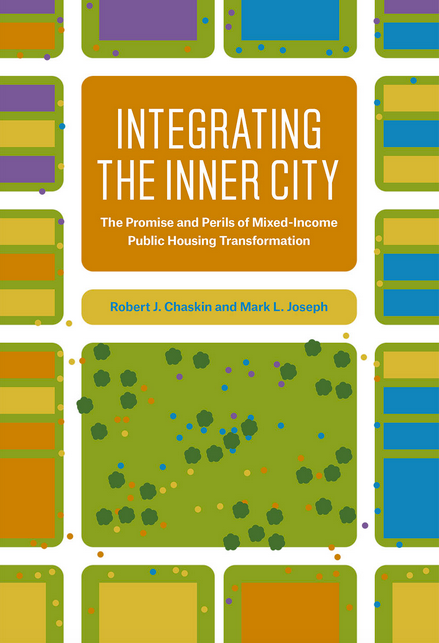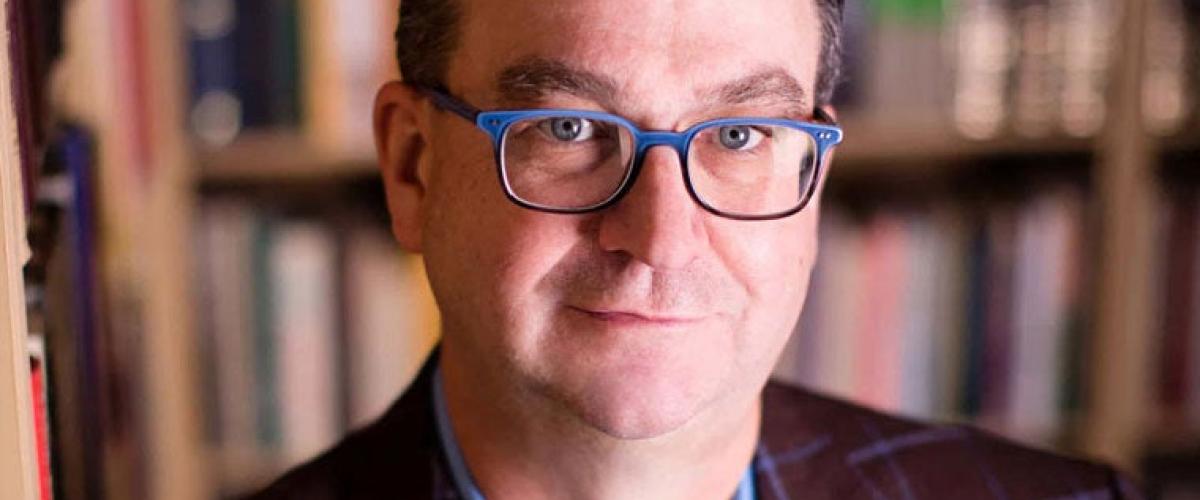New book from Mandel School faculty says no
A $3.2 billion (and counting) transformation of Chicago’s notorious high-rise public housing has dramatically changed the urban landscape there, attracting affluent residents to segregated areas and catalyzing revitalization in long-marginalized neighborhoods. But far fewer low-income Chicagoans at the heart of the city’s initiative—replacing deteriorating public housing with high-quality mixed-income communities—have been helped than was intended when the ambitious plan was launched 15 years ago. In fact, mixed-income development—an anti-poverty strategy to build diverse communities of market-rate renters, owners and public housing residents—has often created a sense of isolation for poor residents within their own communities. So far, the approach has helped few improve their social and economic standing. The mixed success of Chicago’s foray into mixed-income development is detailed in the new book Integrating the Inner City: The Promise and Perils of Mixed-Income Public Housing Transformation (344 pages, University of Chicago Press), co-written by Mark L. Joseph, founding director of the National Initiative on Mixed-Income Communities at Case Western Reserve University, where he is an associate professor at the Jack, Joseph and Morton Mandel School of Applied Social Sciences.
“As an anti-poverty strategy, policy was ahead of knowledge,” said Joseph, who co-led a seven-year, in-depth study of three new mixed-income developments in Chicago. Researchers collected interviews with hundreds of mixed-income housing residents and numerous development professionals and observed more than 500 community meetings and events.
“We found some measures of success: The pizza guy will bring pizza to these neighborhoods now. Low-income families live in beautiful housing in safer and more stable areas,” Joseph said. “But as a platform to get out of poverty? Our analysis suggests that is not happening on the aggregate.”
The mixed success of Chicago’s foray into mixed-income development is detailed in the new book Integrating the Inner City: The Promise and Perils of Mixed-Income Public Housing Transformation (344 pages, University of Chicago Press), co-written by Mark L. Joseph, founding director of the National Initiative on Mixed-Income Communities at Case Western Reserve University, where he is an associate professor at the Jack, Joseph and Morton Mandel School of Applied Social Sciences.
“As an anti-poverty strategy, policy was ahead of knowledge,” said Joseph, who co-led a seven-year, in-depth study of three new mixed-income developments in Chicago. Researchers collected interviews with hundreds of mixed-income housing residents and numerous development professionals and observed more than 500 community meetings and events.
“We found some measures of success: The pizza guy will bring pizza to these neighborhoods now. Low-income families live in beautiful housing in safer and more stable areas,” Joseph said. “But as a platform to get out of poverty? Our analysis suggests that is not happening on the aggregate.”
Microcosm of urban America





